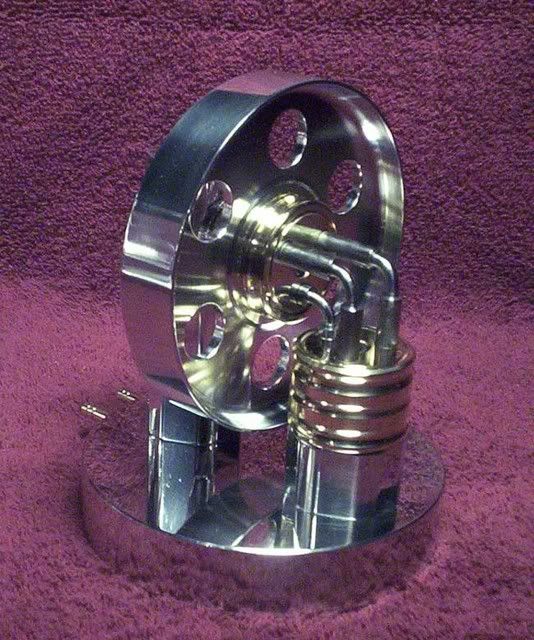Captain, Thanks for the comments.
I don't actually intend to use "O" rings - but I will provide a groove for them.
"O" rings don't survive rotary applications - there is no lubrication mechanism so they run dry, hot and melt (you can get away with it in slow rpm applications) - the elbow engine would be rotating and sliding at the same time so it will lubricate and will probably work.
From what I've read, friction is a killer on these beasties - another reason "O" rings might not be a good idea - however I'm hoping to work around as many possible problems as possible with the redesign.
The extra work of the "loose" pistons is not that big a deal and if the bending goes all pear shaped, I only have to remake the elbow portion.
You are right the elbows are the killer - I'm thinking of making a press tool to form them in a mechanical press as a production job - starting out with plain rod and going for the turned parts only once the 90° is spot on.
Also machining two pistons and the elbow as one piece is problematical in steel in that the material at the centre of the bar (particularly from continuous cast source stock) is very coarse grained, suffers badly under fatigue and cracks far more easilly under bending.
The "loose" pistons will also allow the use of different materials like CI pistons and groundbar for the elbows (whatever).
Bearcar, I'm hoping someone is not going to point out a blindingly obvious flaw in my logic - but then that's the whole point of the post. I'm no elbow engine expert (a year ago I didn't even know such a thing existed).
Regards,
Ken









